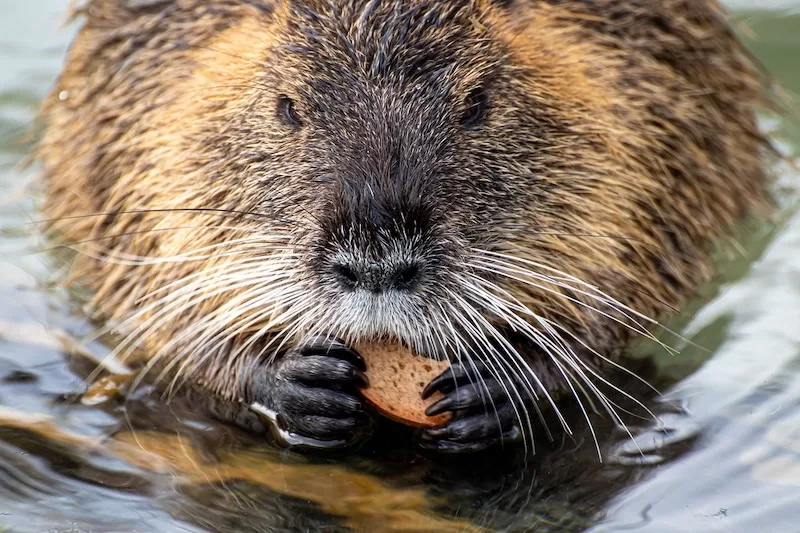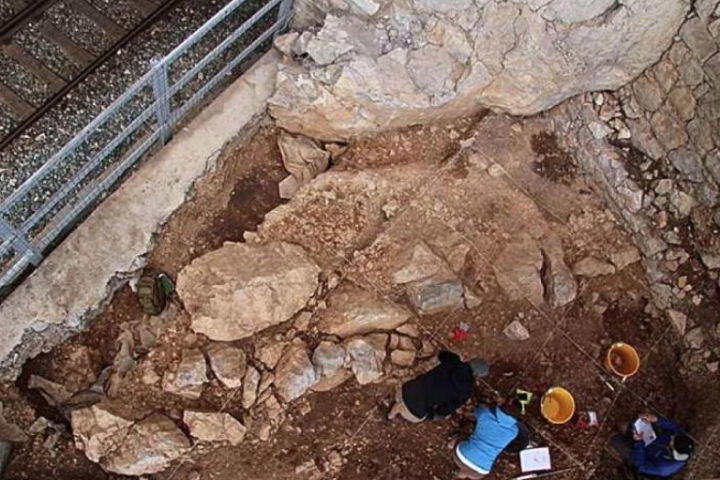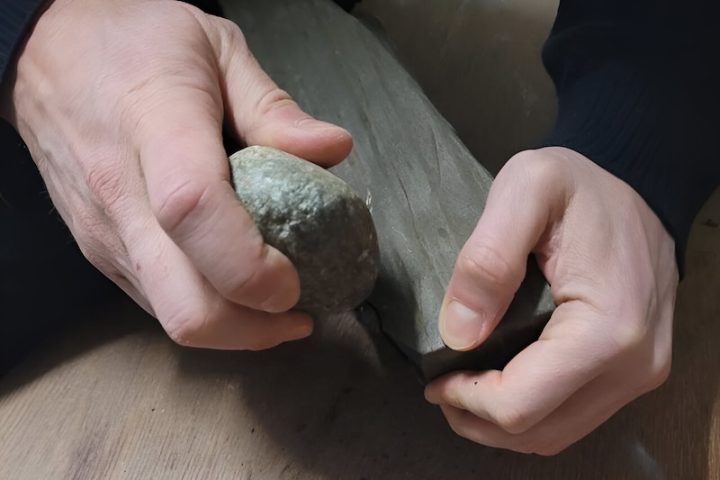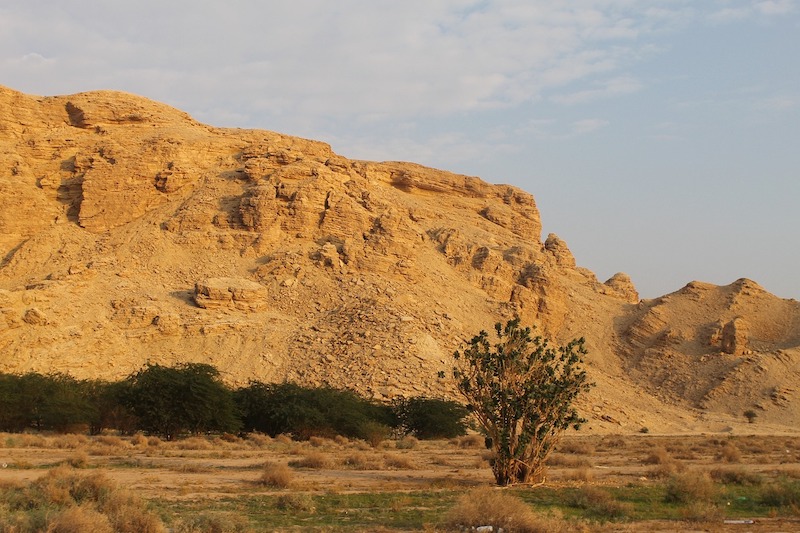Pork and beef are among the most preferred types of meat for modern people. But would we be able to say the same if we couldn’t stop by the supermarket to buy them? Researchers previously thought that people in the Middle Pleistocene hunted and ate large mammals, but a recent study has revealed that a much smaller, even somewhat unexpected creature was on their menu: beavers.
After analyzing approximately 94 beaver bones from the Bilzingsleben excavation site in Germany, a team of archaeologists found that humans “systematically consumed” beavers during this period.
read more:
- NASA Captures Incredible Images of Jupiter’s Moon Io During Its Closest Flyby in 20 Years
- Japan’s Earthquake History and Japan’s Geological Future
The beaver bones, examined using digital microscopes, showed signs of cuts made by stone tools. Archaeologists say this is a highly unusual finding. “Until now, cut marks on beaver bones dating to the Paleolithic period have been found very rarely and only in isolated bones that are not connected to other bones,” says co-author Sabine Gaudzinski-Windheuser.
The distribution of cut marks suggests that humans may have targeted beavers both for their skin and as a food source. But why did people start eating these animals? The answer may have something to do with the characteristic plumpness of these rodents. Fat was an important food source in the Pleistocene. The beaver remains found were mostly young adults. These young beavers were large enough and rich in fat when they were hunted, but not yet experienced in dealing with threats. This made them an ideal target for hunters.
The findings contradict previous assumptions that humans had a relatively narrow diet until the late Pleistocene. Gaudzinski-Windheuser said, “Until now, it was generally thought that humans in Europe fed primarily on large prey animals until around 50,000 years ago, an important distinction from the more flexible dietary strategies of modern humans. But our research shows that the hominin diet was much broader much earlier.”
Gaudzinski-Windheuser also has an explanation for why early humans only seem to have hunted larger animals such as cattle and rhinos. “The remains of large mammals from this period are generally much better preserved than the remains of small mammals,” she explains.
Modern people are starting to explore more unusual and smaller food options. So much so that in the near future you might find an insect-based dish on your plate.
Gaudzinski-Windheuser, S., Kindler, L. & Roebroeks, W. (2023). Beaver exploitation, 400,000 years ago, testifies to prey choice diversity of Middle Pleistocene hominins. Sci Rep 13, 19766.





